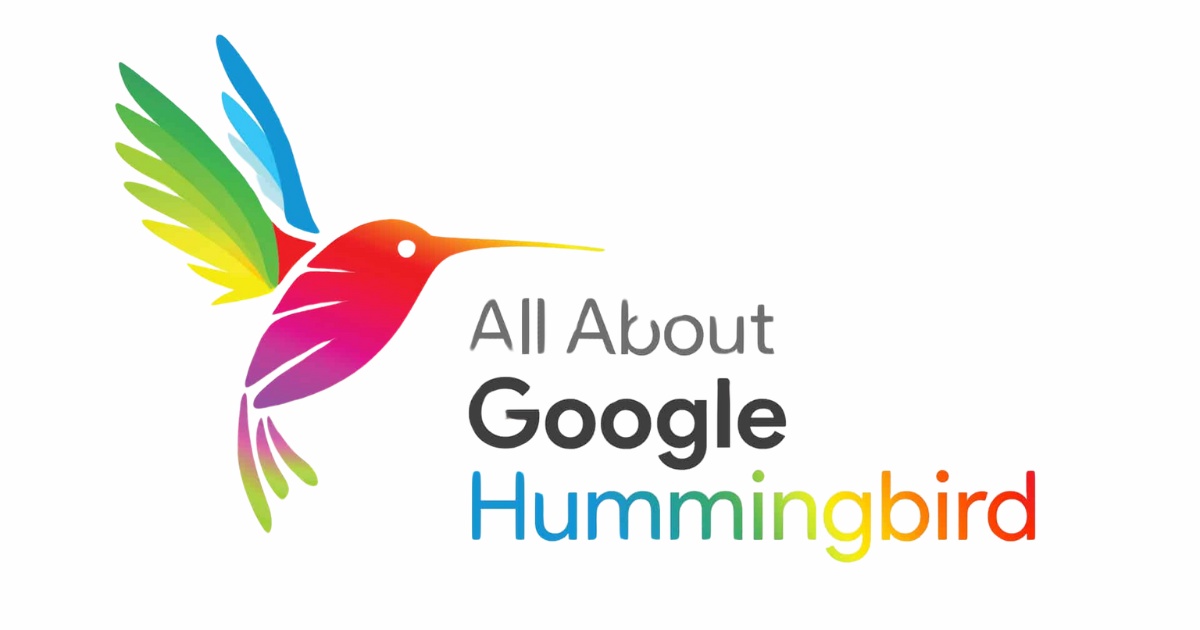
Google’s Hummingbird Algorithm Update & Its Effect On SEO
In the ever-evolving landscape of search engine optimization (SEO), staying ahead requires a deep dive into how search engines like

Google’s Hummingbird Algorithm Update & Its Effect On SEO
In the ever-evolving landscape of search engine optimization (SEO), staying ahead requires a deep dive into how search engines like

What Makes an Effective Glossary Page for Growing Website Authority?
When you’re trying to drive traffic to your brand and build a positive reputation for topic expertise, your website matters.

What Are Keyword Modifiers & How To Use Them To Rank Better?
Keyword modifiers are an essential element of any successful SEO strategy. By refining search queries, they help businesses target specific
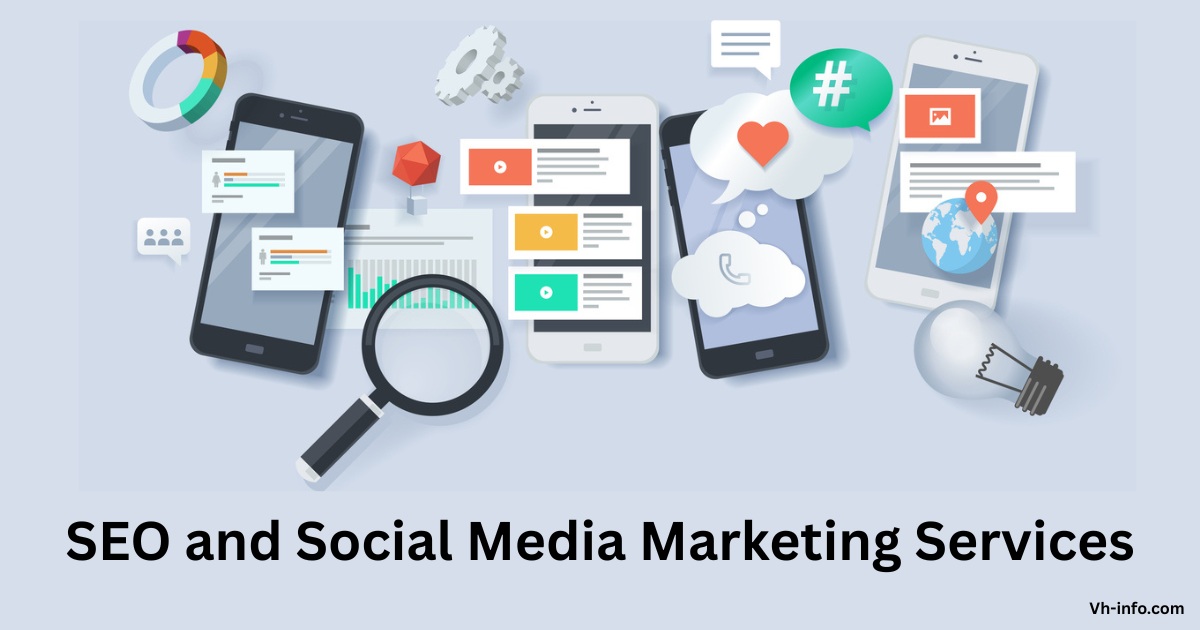
Top SEO and Social Media Marketing Services: Make Your Brand Fly
In today’s digital-first world, businesses need robust online marketing strategies to reach potential customers, build brand awareness, and achieve their

The Best SEO Conferences In 2025 You Simply Can’t Miss Out On
In the rapidly evolving landscape of digital marketing, staying ahead requires continuous learning and adaptation. Attending an SEO conference in
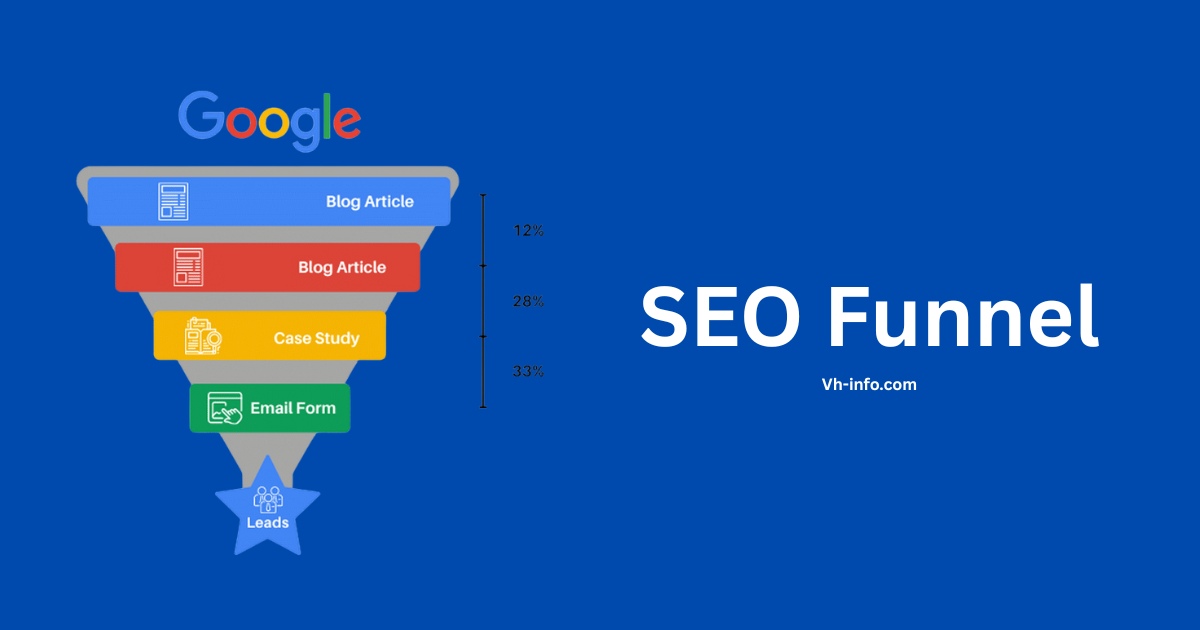
SEO Funnel: Meaning, Importance, Stages, Metrics, Mistakes & Tips
Building a successful digital marketing strategy demands more than just driving website traffic—it requires guiding your target audience through a
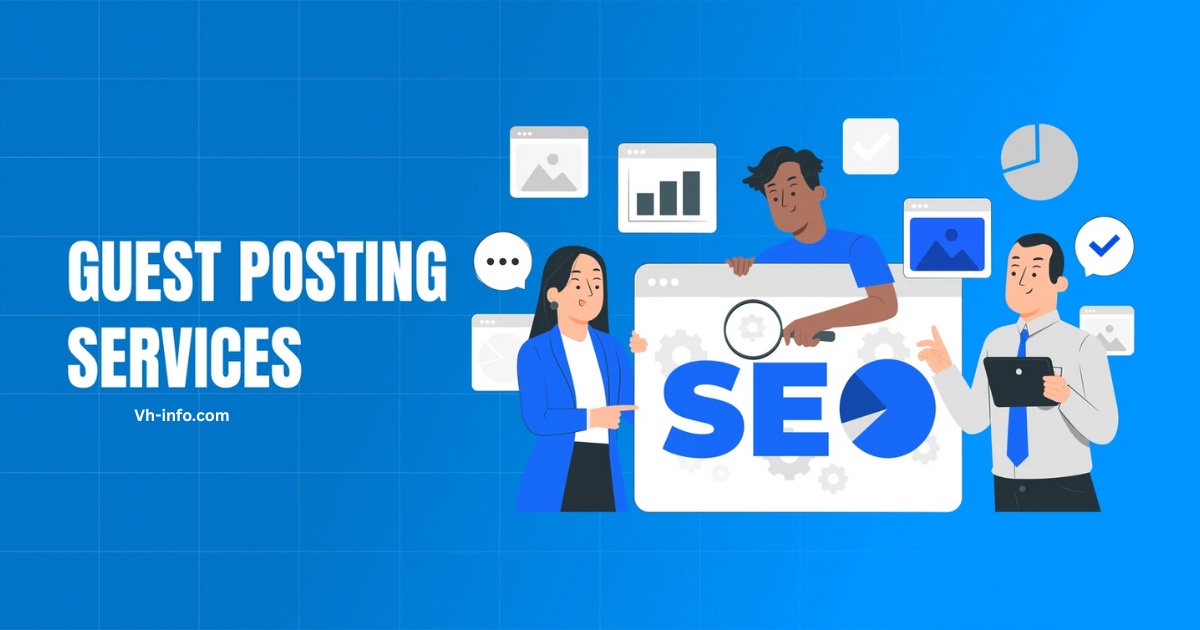
Guest Posting Service & Blogger Outreach: Key Elements & Process
Guest posting has become a cornerstone of effective link building, enabling businesses to enhance their online presence and search engine

What Is Grey Hat SEO: Importance, 18 Techniques & Risks To Know
In the evolving world of search engine optimization (SEO), the debate between white hat, black hat, and grey hat SEO

The Skyscraper Method: Grow Your Website’s Traffic Super Fast
Are you ready to elevate your SaaS link building strategy? At VH Info, we understand the power of effective link
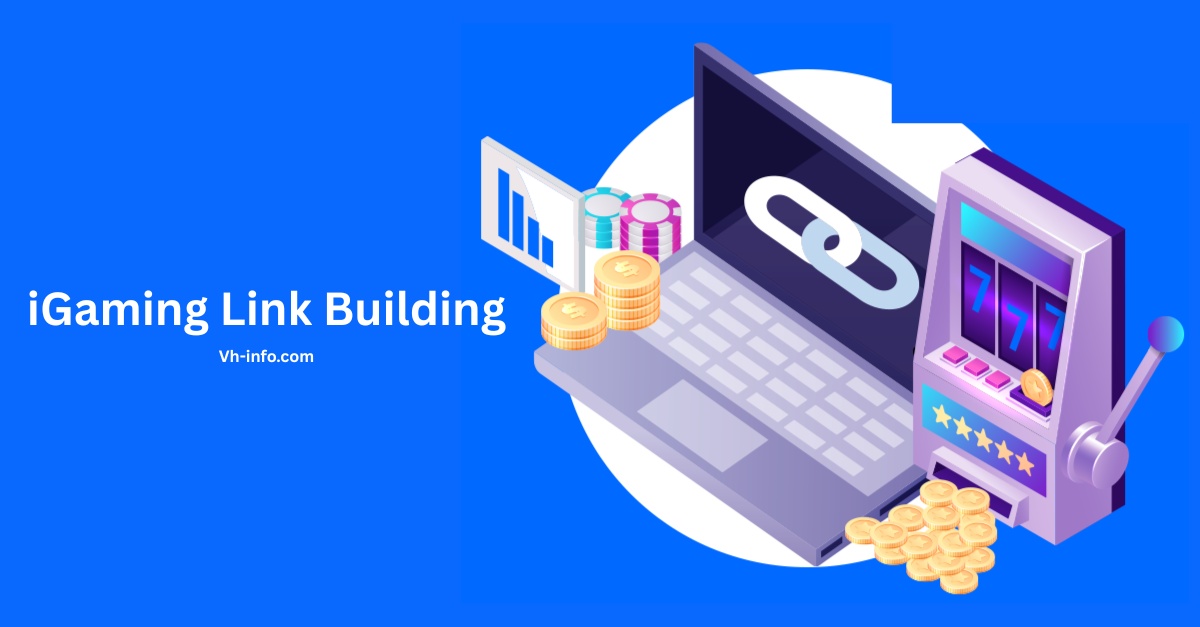
iGaming Link Building 2025: Strategies To Get Top Backlinks
In the competitive landscape of the online gaming and online gambling industry, standing out requires more than just a great
WHAT WE
3rd floor, VHinfo, QRXG+CG9 Capital Market, Canal Rd, chokdi, Ravapar, Morbi, Gujarat 363641
14 Main Street, Suite 401, New York, NY 10004
Vh-info © 2025 | All Rights Reserved